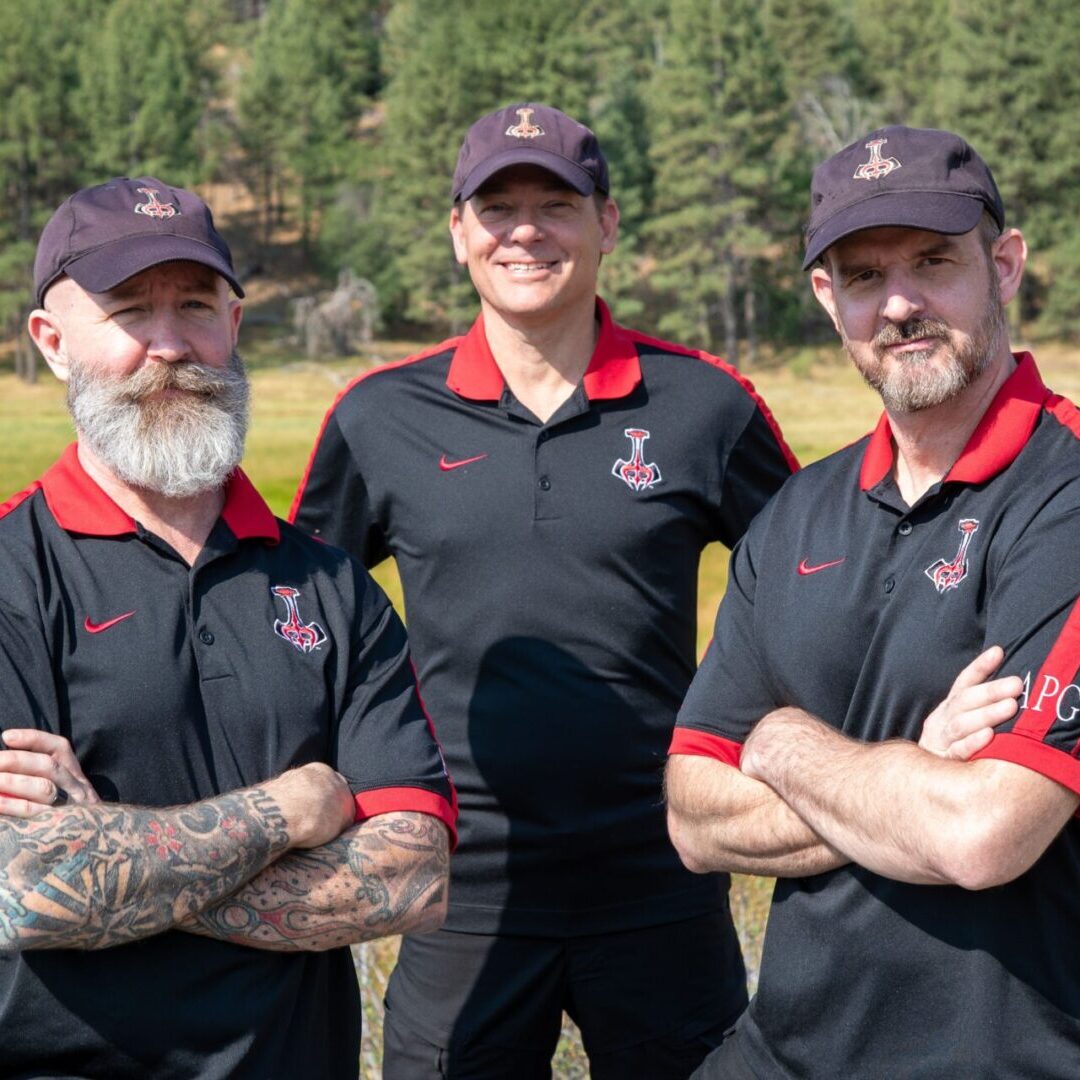| I have a cat, and because I live in the mountains where domestic cats are not the top predators in the area, the cat is an inside cat. The cat has never been in a fight, attacked, had to hunt for food, or been in a survival situation. It has been pampered its entire life and has an endless supply of resources and love. That being said, this ridiculous creature startles at the slightest of sounds. He perks up or scatters as if there were an immediate threat-of which he’s never endured. And although we laugh at this occurrence as if we are above it, we humans actually react to non-threatening stressors the SAME EXACT WAY! It’s programmed into our DNA for survival. Fortunately for us, though, our modern environment is civilized and advanced. We don’t have to hunt for food, battle other tribes, struggle for shelter, or fight saber-toothed tigers for survival. But our primitive automatic reactions to stress (Rapid heart rate, dilated pupils, loss of fine-motor skills, increased breathing, the release of adrenaline, etc.) still occur for something as non-life-threatening as public speaking. The Latin word “PUSILLANIMOUS” means timid or lack of courage. It’s founded from the silly reactions of domestic cats. The trick is how to stay courageous and not act like a pusillanimous in the face of “DANGER.” How do you reverse your primal stress reactions to maintain control under adversity? Here are a few techniques that have served us well throughout the years and are shared by other professionals in the athletic, business, and high-risk occupational worlds. HAVE A PLAN – It’s not “IF” but “WHEN.” Things might be going smooth now, but eventually, the wheels always come off. Having a plan forces you to evaluate where you are trying to go, as well as what obstacles might get in your way. Planning facilitates preparation based on calculated options, so you’re not overwhelmed WHEN they occur. It speeds your DECISION PROCESS. GET IN THE ZONE – We all individually have a sweet spot for where we function the best. Some perform best when calm, while others need some adrenaline. (Think a classical dancer’s zone versus an MMA Fighter’s zone.) Once you know where your ideal zone is, you can identify when you’re not in it and use some of the mental skill techniques we’ve discussed in the past to help you get there. In fact, the breathing technique we discussed last week has been proven to reverse the human stress response. TRUST YOUR TEAMMATE – We cannot say enough about surrounding yourself with good people. In SEAL Training, we couldn’t be more than six feet apart from anyone. SEALs aren’t successful because we are individually superior. We’re successful because we understand the power of a TEAM. Never be afraid to reach out when you hit a wall. In truth, this is the most powerful element in building strong relationships. Being vulnerable with one another builds trust. This is not about eliminating fear. That’s unrealistic. EVERYONE has fears. This is about working through them and staying on course. Recognize when you’re out of your zone and take action to crush any obstacle in your way. Remember, the world needs HITTERS! |
| Quote of the Day “Courageous people are not fearless; they are people who refuse to let fear tell them what to do.” – Kris Vallotton |
 |
Posted in Newsletters



 Embrace the Suck Podcast Episode 10: Embrace the Suck: Revisiting Our discussion on Situational You Want more APG Performance Tips, check out our podcast
Embrace the Suck Podcast Episode 10: Embrace the Suck: Revisiting Our discussion on Situational You Want more APG Performance Tips, check out our podcast